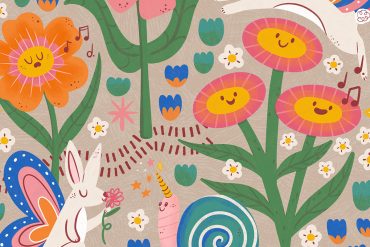There are three things that every manager is looking for when hiring for a textile design job: a portfolio that shows a mature train of thought, the ability to be creative, yet precise and the ability to design to the company’s target market. In this post we’ll explore how you can include all three within your portfolio!
A mature train of thought
When applying for your first job you will have a smaller portfolio, which most managers understand and expect in entry-level applicants. Instead of quantity, they are looking for a portfolio which shows the ability to problem solve and to think through projects in a logical manner. Managers want to see your train of thought and how you approach different challenges in your work. Consider showing sketches, highlight how different pattern designs can be used together within a collection or mention the challenges that you encountered, and overcame, during the project.
Be creative, yet precise
Managers are also looking for textile design applicants with the ability to be precise and professional, while still allowing their creativity to shine. An entry-level position textile design job consists of many monotonous duties, such as repeats, strike-off & lab dip approval, data entry, etc. These tasks can be boring, but are very important to the textile design process and need to be done perfectly! Managers want to know that they are hiring someone who is creative, but can also handle these day to day tasks and ultimately help to assistant or support the rest of the team’s creative efforts. This can be proven through a creative, yet polished textile design portfolio and a resume which shows that these traits and abilities have been used in the past.
Design for the company’s target market
Last but not least, managers are looking for a textile designer’s ability to design for the company’s target market. College can often feel like a design bubble. Textile Design students are often allowed to design whatever or for whomever they choose, which I think is fantastic. College is the time to have fun and explore different styles, because as soon as you enter the corporate design world, all that freedom flies out the window. The focus is on the customer and managers want to see that you can handle this challenge. Consider showing market research, pattern collections aimed at a variety of customers and discuss the challenges of each.
The next post in this series can be found here.














